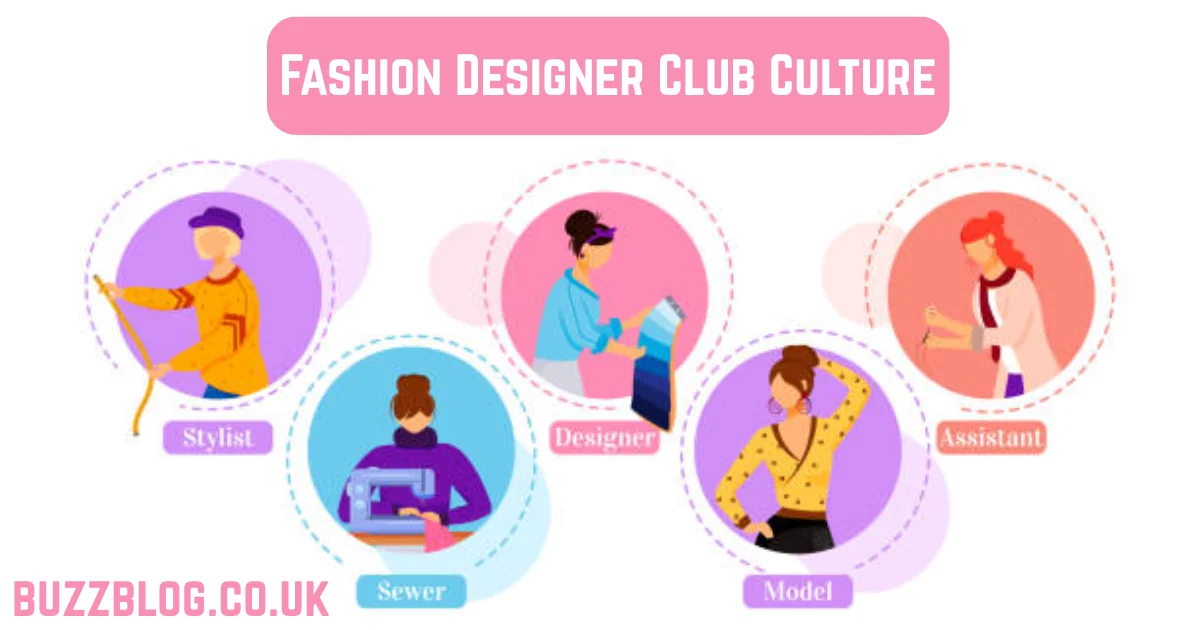Introduction
Fashion has always been more than fabric—it’s a living language. In the heart of dimly lit clubs and creative gatherings, fashion designer club culture thrives as a movement where emotion meets design, and self-expression finds its truest form. This subculture represents freedom, rebellion, and the raw beauty of individuality translated into wearable art.
The Birth of Fashion Designer Club Culture
The roots of this culture stretch back to underground club scenes of the late 20th century. From the punk energy of London’s 1980s Soho to New York’s legendary Studio 54, designers and dreamers gathered where the night pulsed with rhythm and rebellion. These spaces became incubators for creativity—where outfits spoke louder than words.
The Language of Style
Clothing, in this culture, is not just about fashion—it’s communication. Every ripped sleeve, sequined jacket, or oversized silhouette carries meaning. Just as graffiti artists use walls to speak, clubgoers use outfits to express identity, sexuality, and power.
Style as a Social Dialect
Within the club ecosystem, style becomes a dialect understood by those in the know. A black latex corset might scream confidence; neon hair might whisper defiance. Every look is a sentence in the story of belonging, individuality, and transformation.
Emotion in Fashion Design
Emotion fuels creativity. Designers who immerse themselves in club culture often draw from feelings of liberation, rebellion, and community. The pulsating lights, music, and energy of the club environment evoke emotions that manifest in fabric choices, cuts, and overall designs.
The Emotional Palette
Colors and textures reflect moods—metallics for energy, velvet for intimacy, black for mystery. This emotional translation makes club fashion deeply personal; it’s art born from feeling, not formula.
Expression as Art
In club culture, fashion isn’t worn—it’s performed. Every outfit interacts with music, movement, and light. A flowing cape catches the strobes; reflective materials shimmer with every beat. The dance floor becomes a catwalk, and the clubgoer a performer.
Designers Who Defined Club Expression
Icons like Vivienne Westwood infused punk rebellion into couture, while Alexander McQueen turned darkness and emotion into high art. Today’s designers—like Rick Owens, Hood By Air, and Martine Rose—continue to blur the lines between clubwear and runway elegance.
The Cultural Impact of Fashion Clubs
Fashion clubs aren’t just parties—they’re cultural laboratories. Music, art, and fashion collide, birthing new aesthetics that ripple through mainstream media. From streetwear brands to haute couture houses, the influence of club culture is undeniable.
Streetwear Meets Clubwear
As streetwear rose to global dominance, it borrowed heavily from underground clubs. Oversized silhouettes, graphic statements, and bold accessories found new homes on runways. This fusion gave rise to a new genre—luxury street-club fashion, where comfort meets chaos.
Global Evolution of Designer Club Culture
Every city brings its flavor to the movement. London champions bold rebellion, Berlin thrives on minimal techno-inspired darkness, Tokyo explodes with colorful eccentricity, while New York blends urban grit with glamour. Despite regional differences, one truth remains: club fashion unites people through creative self-expression.
Technology and Digital Fashion
The rise of digital platforms has birthed virtual clubs and metaverse fashion shows. Designers now create virtual garments, sold as NFTs, worn by avatars in digital spaces. Club culture’s expressive nature thrives here too—where identity is fluid and limitless.
Challenges in Modern Fashion Culture
While the club fashion scene is a space of creativity, it faces challenges. Fast fashion often dilutes authentic designs, prioritizing speed over story. Sustainability has become a pressing issue—how can designers express themselves freely without harming the planet?
Preserving authenticity is another challenge. As major brands commercialize underground trends, the emotional soul of club fashion risks fading. Yet, the true spirit lives on through independent creators who prioritize passion over profit.
The Future of Designer Club Culture
Looking ahead, fashion designer club culture will evolve with technology, emotion, and inclusivity at its core. Expect more gender-fluid designs, sustainable materials, and digital couture experiences. The next generation of designers will use emotion not just as inspiration, but as their design language.
Conclusion
Fashion designer club culture is more than a style—it’s a story of emotion, identity, and fearless expression. It celebrates the human desire to be seen, felt, and understood without saying a word. Whether on a dance floor or a digital runway, the heartbeat of this culture continues to inspire creativity worldwide.

